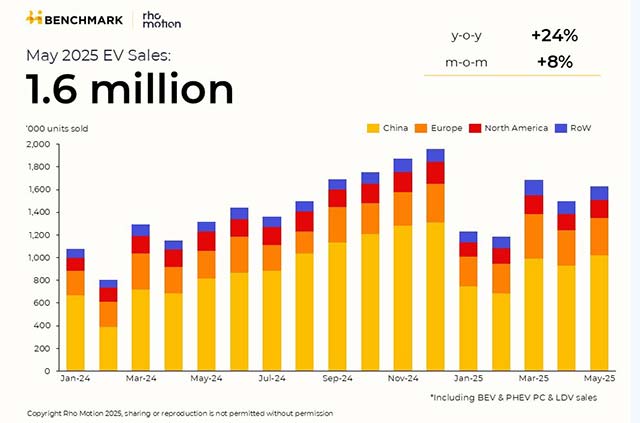Boosted Na+ Diffusion and Rock‐Salt Surface Formation in O3 Cathodes via High‐Entropy Doping
Advanced Energy Materials, EarlyView.

High-entropy doping strategically enhances Na+ diffusion in O3-type layered oxides, inducing the in situ formation of a protective surface rock salt phase. This synergy suppresses phase transitions and reinforces structural integrity, enabling unprecedented cycling stability and electrochemical performance in NaNi0.3Mn0.5Fe0.05Li0.05Ti0.05Cu0.05O2 cathodes.
Abstract
Na-ion layered oxides have attracted considerable interest due to their structural and electrochemical similarities to Li-ion counterparts, positioning them as promising cathode materials for sustainable energy storage. However, O3-type Na-ion layered oxides experience severe structural distortions and phase transitions during electrochemical cycling, which significantly deteriorate battery performance. In this study, an ultra-stable O3-type high-entropy doping cathode material is developed, NaNi0.3Mn0.5Fe0.05Li0.05Ti0.05Cu0.05O2 (NMFLTC), for high-performance Na-ion battery. By partially substituted Ni of NaNi0.5Mn0.5O2 (NM) with Fe, Li, Ti, and Cu, Na+ diffusion and maintained the structural integrity of NMFLTC is successfully enhanced through the in situ formation of a high-entropy rock salt phase on the surface of the cathode material. This modification not only protects the cathode from structural degradation but also effectively mitigates phase transitions during cycling, leading to favored sodiation/de-sodiation electrochemistry and enhanced structure stability. Attributed to its structural superiorities, the high-entropy doping layered oxide cathode maintains 85.9% and 73.7% capacity retention at 0.1 C and 0.3 C after 200 and 600 cycles, respectively, which marks a significant improvement over traditional undoped NM cathodes. The proposed facile synthesis strategy enables the high entropy cathode material with possibility for large scale production, holding great promises to be utilized for practicalization.
















































































































































